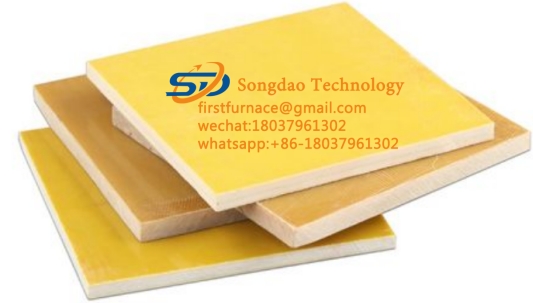- 07
- Apr
د انسولینګ موادو وروستی پرمختګ
د انسولینګ موادو وروستی پرمختګ
تر ټولو لومړني موصلي مواد کارول شوي طبیعي محصولات لکه پنبه، ورېښم، میکا، او ربړ. د شلمې پیړۍ په پیل کې، د industrial synthetic پلاستیک فینولیک رال لومړی راووت ، کوم چې ښه بریښنایی ملکیتونه او د تودوخې لوړ مقاومت لري. وروسته، یوریا-فارمالډیهایډ ریزین او الکایډ رالونه د ښه فعالیت سره یو له بل وروسته ښکاره شول. د Trichlorobiphenyl مصنوعي موصلي تیلو ظهور د بریښنا کیپسیټرونو ځانګړي ځانګړتیاو کې کودتا وکړه (مګر دا ځکه بند شوی چې دا د انسان روغتیا ته زیان رسوي). سلفر هیکسافلوورایډ هم په ورته وخت کې ترکیب شوی و.
Since the 1930s, synthetic insulating materials have developed rapidly, mainly including acetal resin, neoprene, polyvinyl chloride, styrene-butadiene rubber, polyamide, melamine, polyethylene and polytetrafluoroethylene, which is called the king of plastics with excellent performance. Wait. The emergence of these synthetic materials has played a major role in the development of electrical technology. For example, acetal enameled wire is used in the motor to improve its working temperature and reliability, while the volume and weight of the motor are greatly reduced. The successful development of glass fiber and its braided belt and the synthesis of silicone resin have added the heat resistance level of H class to the motor insulation.
After the 1940s, unsaturated polyester and epoxy resin came out. The appearance of powder mica paper makes people get rid of the plight of the scarcity of sheet mica resources.
Since the 1950s, new materials based on synthetic resins have been widely used, such as unsaturated polyester and epoxy insulating adhesives for impregnation of high-voltage motor coils. Polyester series products are used in motor slot lining insulation, enameled wire and impregnating varnish, and E-class and B-class low-voltage motor insulation has been developed, which further reduces the volume and weight of the motor. Sulfur hexafluoride began to be used in high-voltage electrical appliances, and made it develop towards large-capacity miniaturization. The air insulation of circuit breakers and the oil and paper insulation of transformers are partially replaced by sulfur hexafluoride.
In the 1960s, heat-resistant resins containing heterocyclic and aromatic rings have been greatly developed, such as polyimide, polyaramide, polyarylsulfone, polyphenylene sulfide and other materials belonging to H-level and higher heat-resistant grades. The synthesis of these heat-resistant materials has created favorable conditions for the development of F-class and H-class motors in the future. Polypropylene films were also successfully used in power capacitors during this period.
Since the 1970s, there have been relatively few researches on the development of new materials. During this period, various modifications were mainly made to existing materials and the scope of application was expanded. Mineral insulating oils are refined by new methods to reduce their losses; epoxy mica insulation has made many improvements in improving its mechanical properties and achieving no air gaps to improve its electrical properties. Power capacitors transition from paper-film composite structure to full-film structure. 1000 kV UHV power cables began to study the replacement of traditional natural fiber paper with synthetic paper insulation. Pollution-free insulating materials have also developed rapidly since the 1970s, such as the use of non-toxic medium isopropyl biphenyl and ester oil to replace toxic medium chlorinated biphenyl, and the expansion of solvent-free paint. With the popularization of household appliances, major fire accidents often occur due to the fire of their insulating materials, so the research on flame retardant materials has attracted attention.

